A tale of two headsets: Hands-on HTC Vive XR Elite and Magic Leap 2 at CES 2023
The ephemerality of virtual and augmented reality was matched by the technologies’ ubiquity at CES 2023.
It honestly felt a little like the mid-1990s when every tech company had an internet strategy. Now, almost everyone has either a way of overlaying images in the real world or immersing you in fantasy ones.
The driving force behind this is the hardware, and CES 2023 was packed with it. There was a lot of it on the floor - so many AR glass companies, unafraid to jump into the risky breach that once gobbled up Google Glass.
But the real leaders are Meta, Magic Leap, and HTC. While the once-secretive and now newly open Magic Leap was on the show floor at the metaverse space encouraging everyone to whip through a series of enterprise scenarios, Meta and Vive were offering invite-only demos of their latest gear at nearby hotel ballrooms.
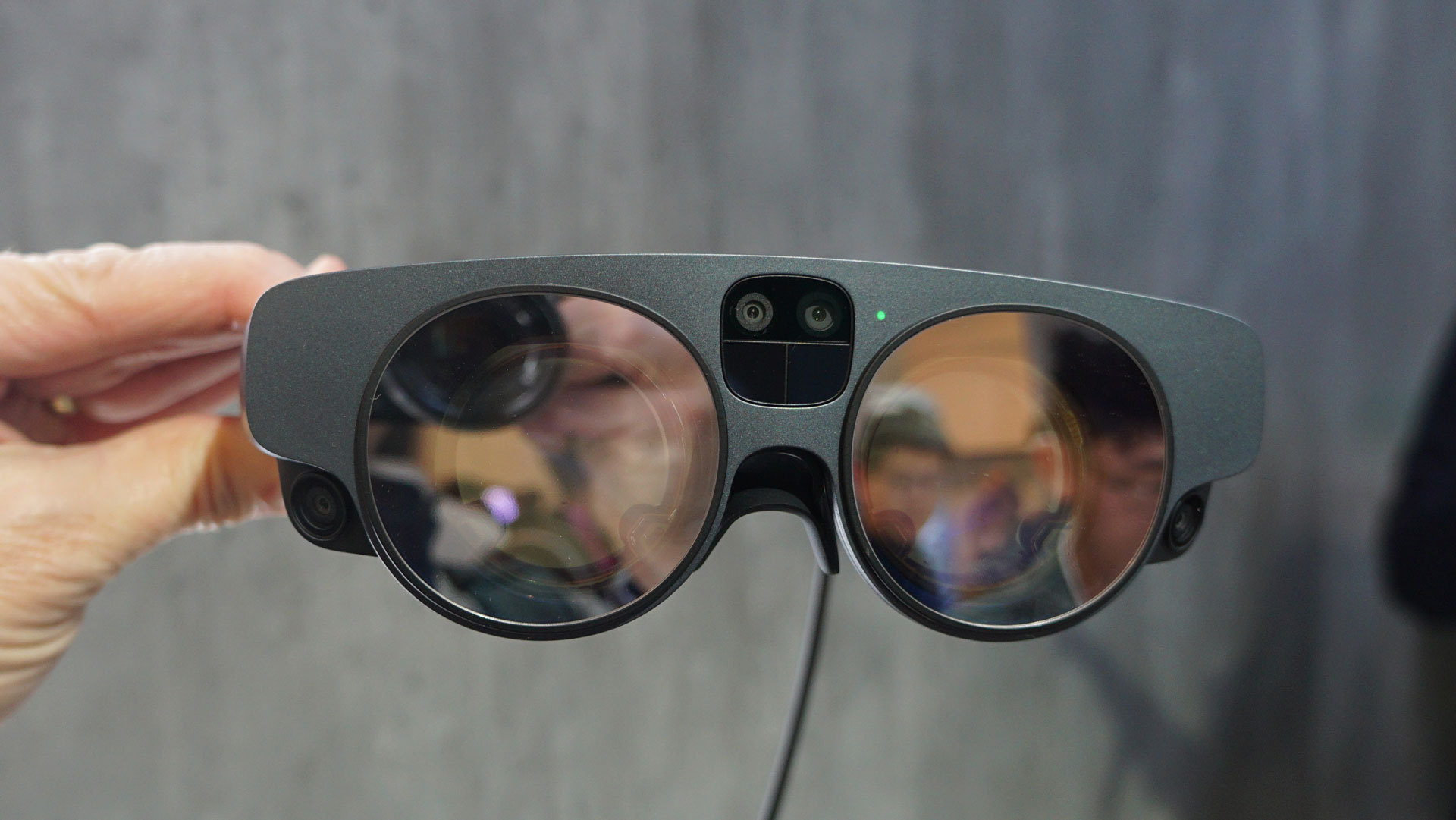
I started with a Magic Leap visit where I met company CTO Julie Larson Green, a once-retired Microsoft Windows legend who is helping steer Magic Leap’s transition from inscrutable and over-promising wunderkind to a practical and purpose-drive AR headset for industry, factories, disaster response, and more.
As we talked inside the packed booth about Magic Leap’s early promise, Green told me, “The tech was too early, and the consumer scenarios were not as clear.”
Enterprise though is a different story. Industry, factories, and even medical theater, “They’re used to wearing things on their faces.”
Green encouraged me to suit up with the latest headset, the Magic Leap 2, which Is 50% lighter and smaller than the original. It also has a powerful new custom AMD SoC.
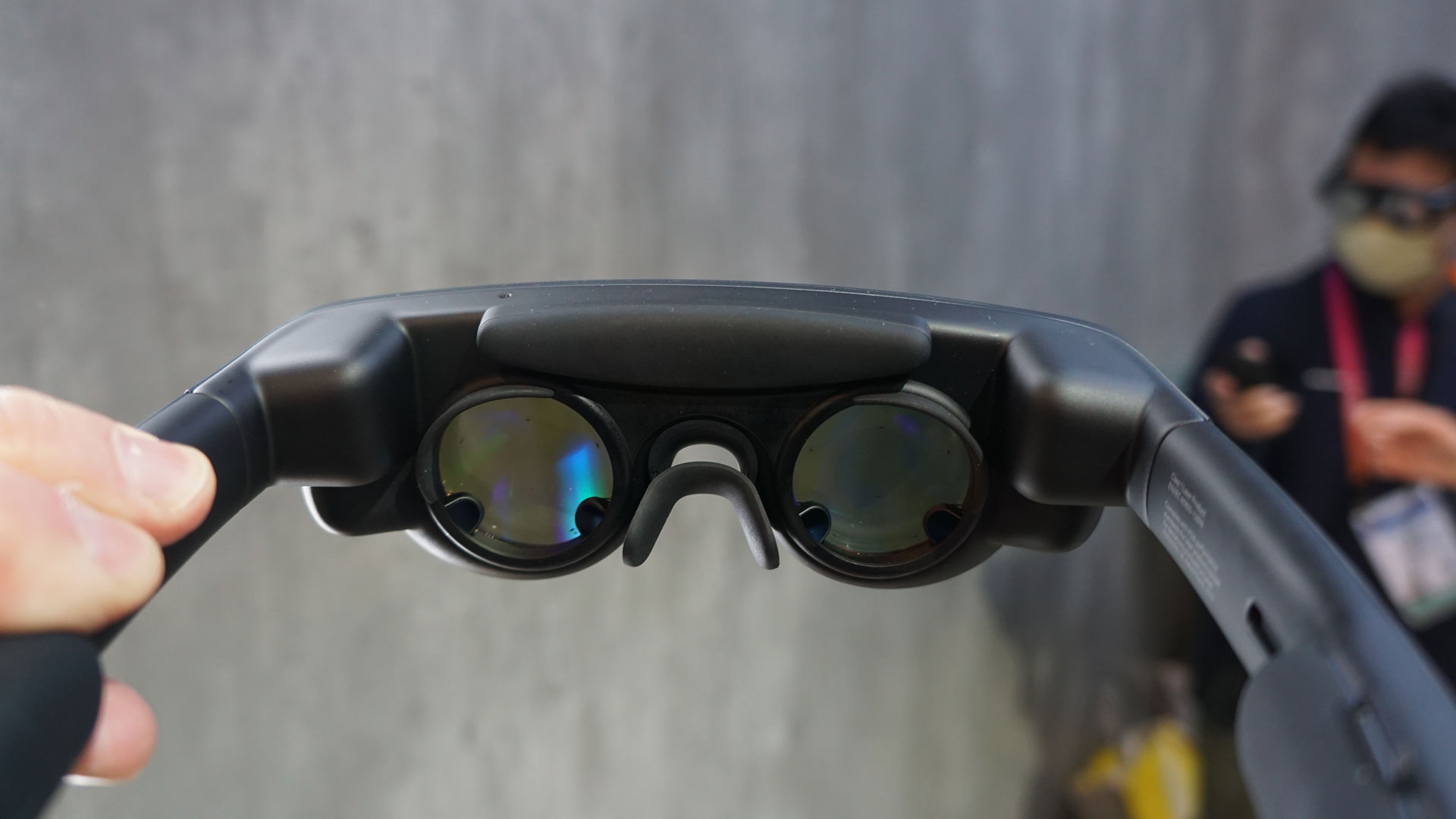
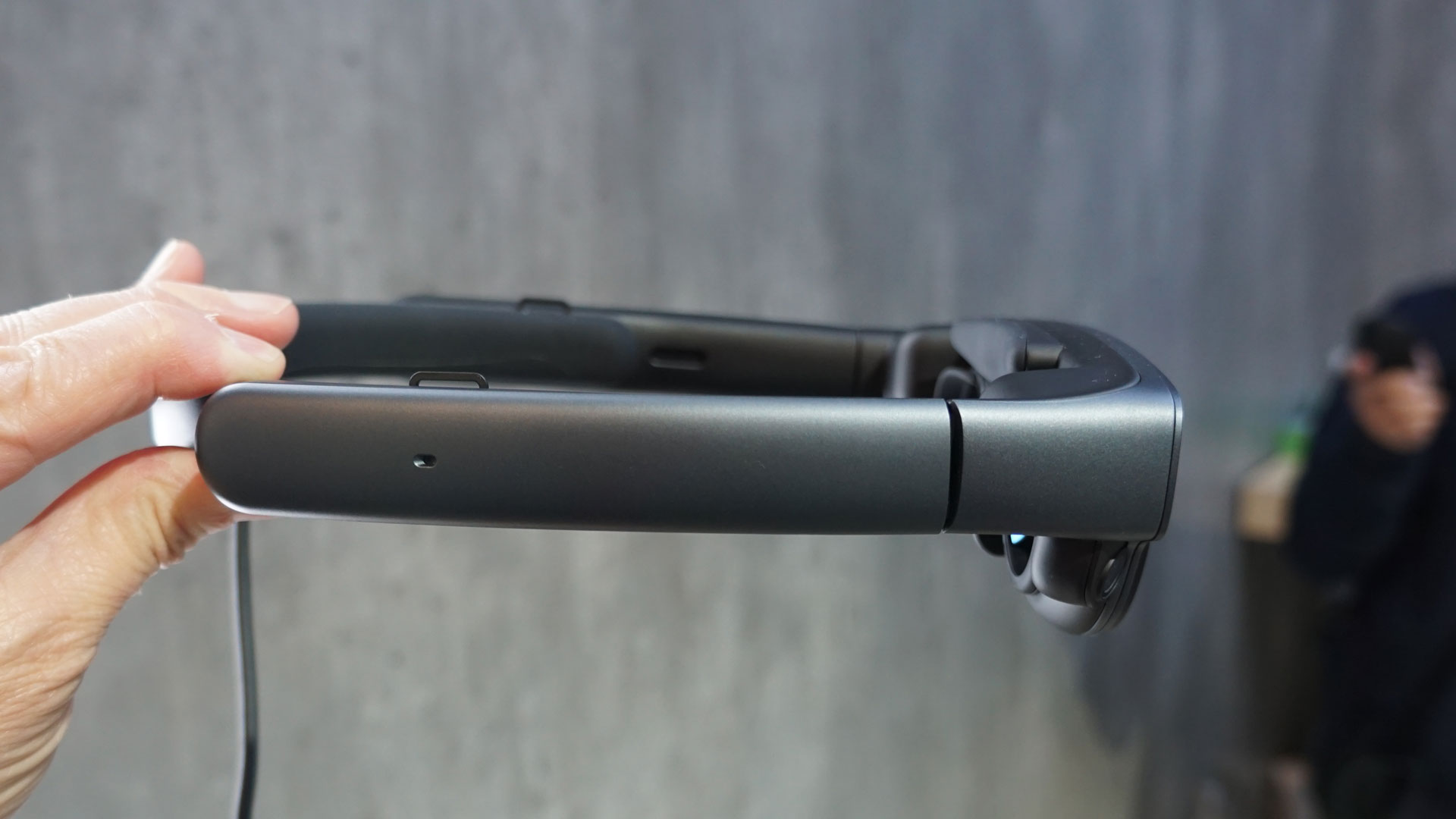

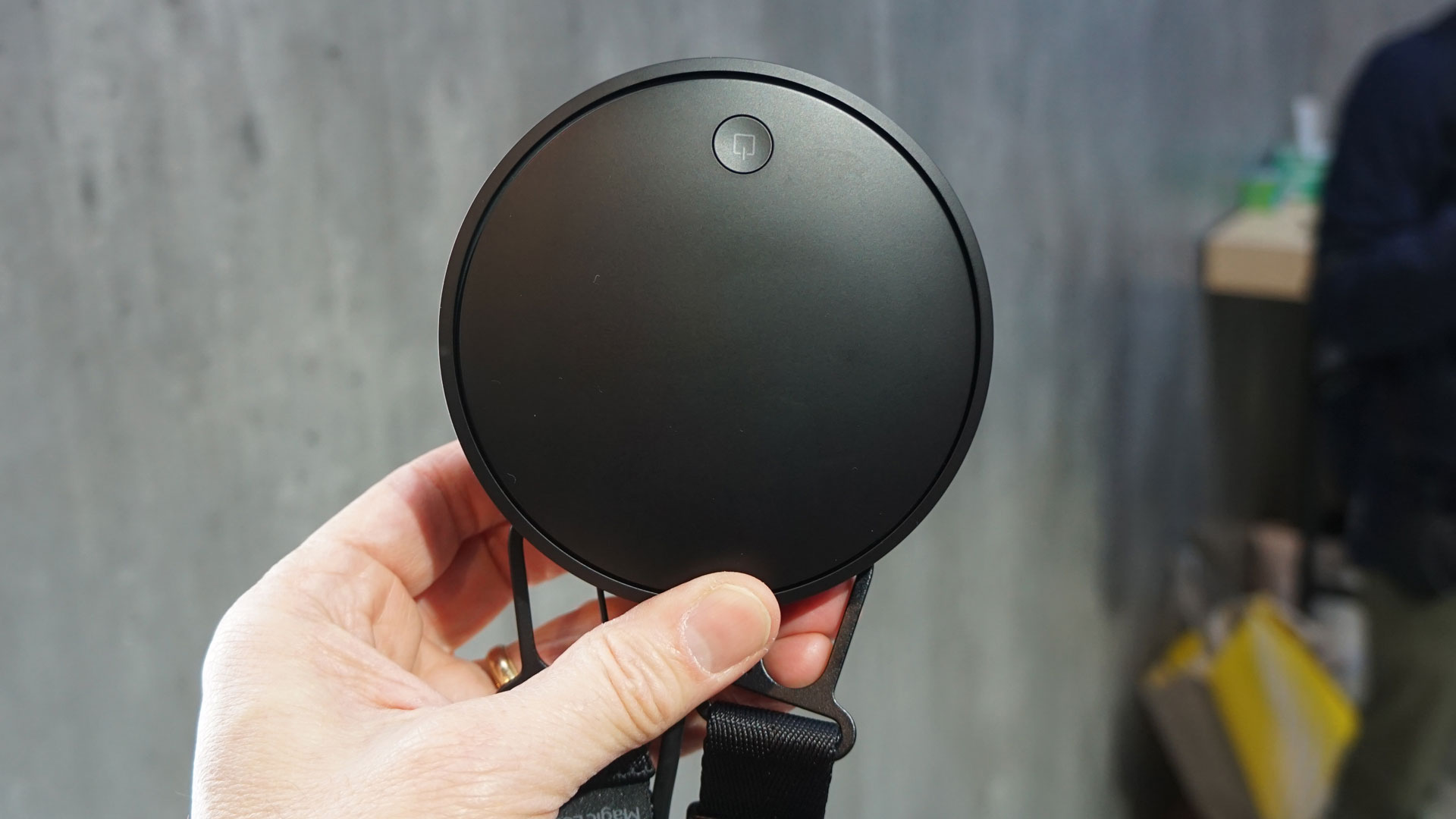
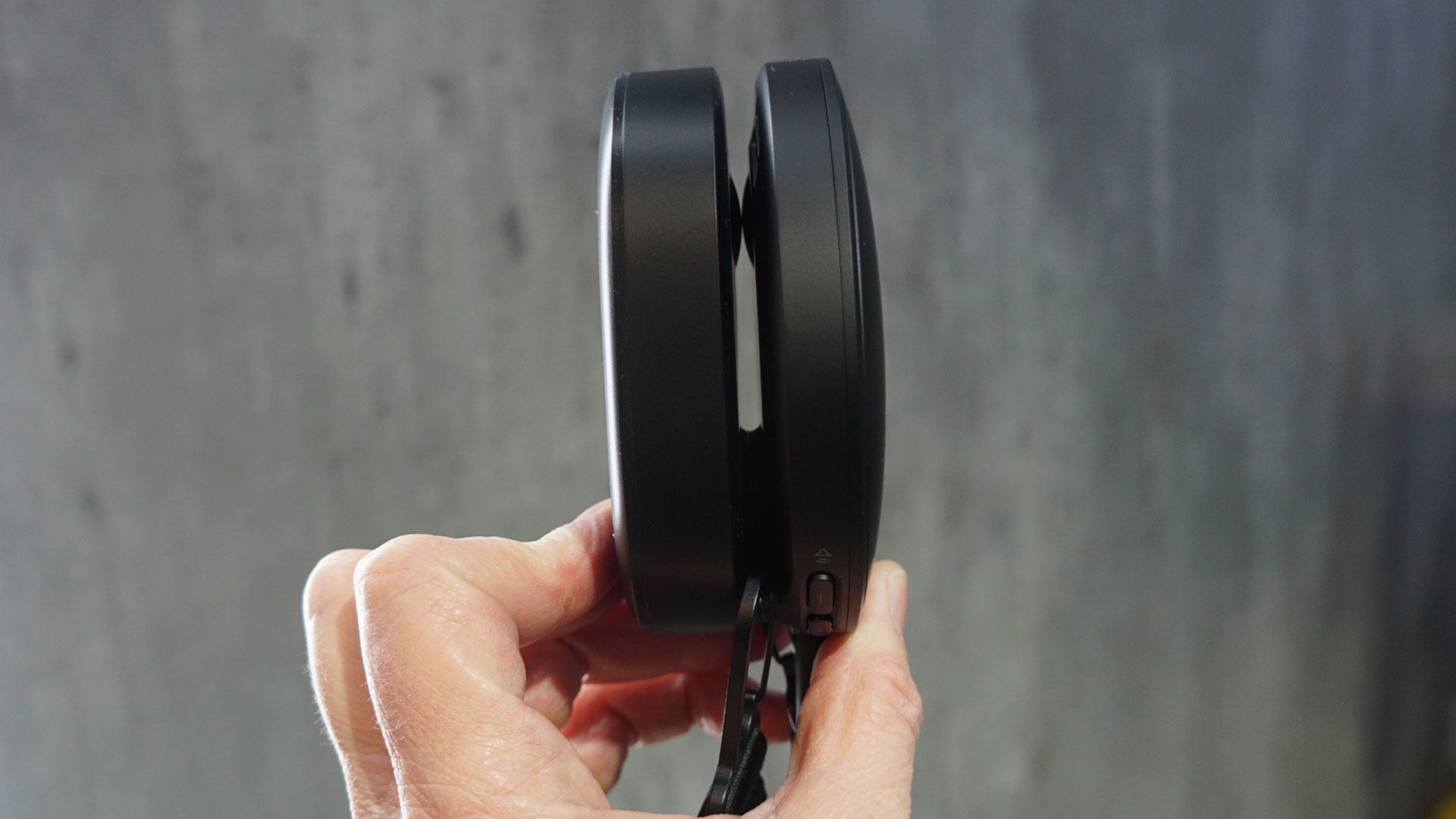
Unlike the new HTC Vive XR Elite and the Meta Quest Pro, Magic Leap 2 retains its svelte figure by putting the battery and processor in a separate puck that you can wear on your belt. This has the effect of making the headgear lightweight and quite comfortable to wear. It also means you’ll have a cable running from the puck to your head, and I could feel the puck on my hip.
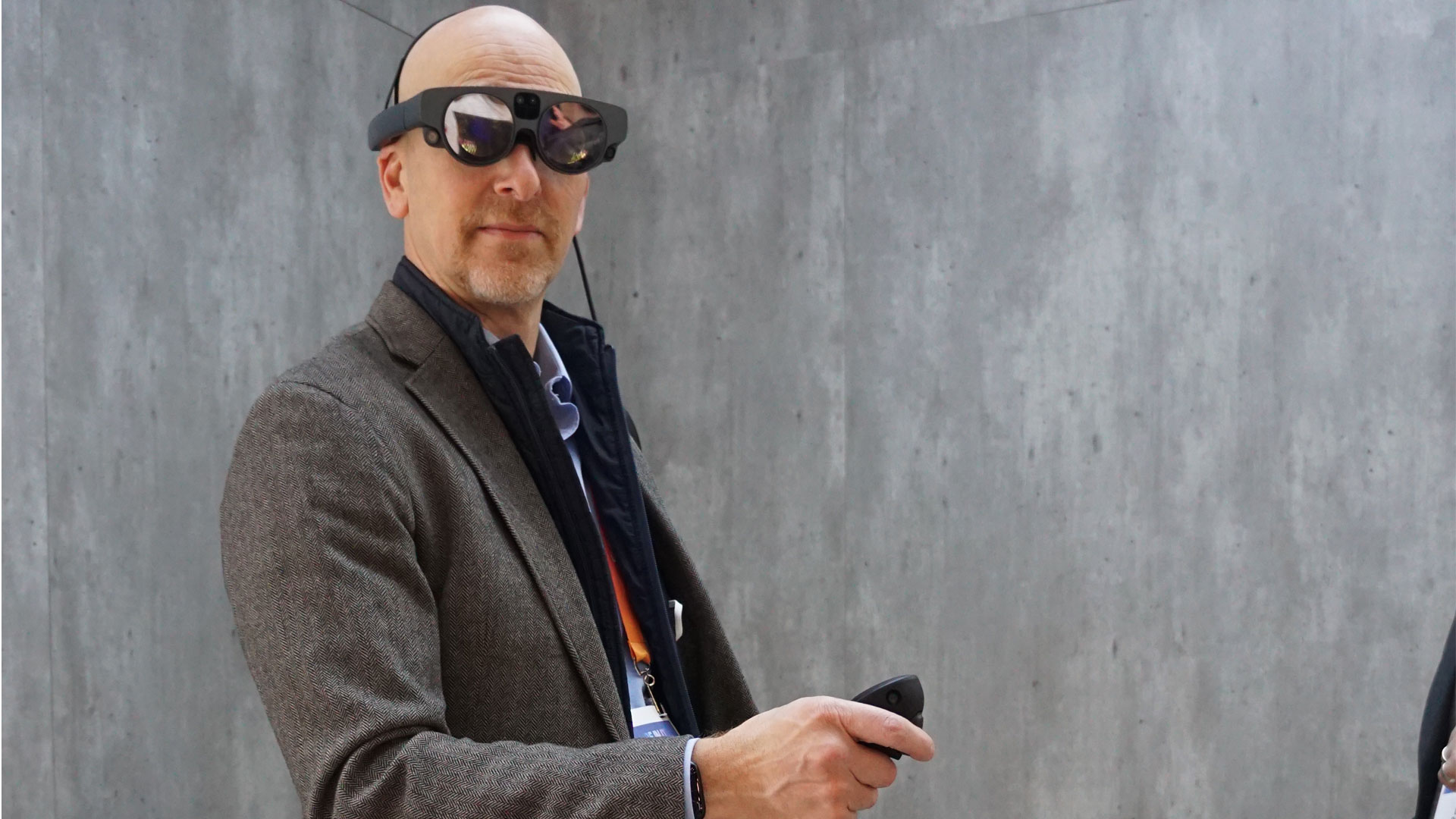
As promised, the Magic Leap 2 headset was comfortable to wear. I tried a scenario in which I was standing in a replica of the Hoover Dam, and we were gaming out our emergency repose to an explosion. The graphics were good, and the -70-degree field of view meant the slightly cartoonish dam appeared to be all around me. Using the controller, I placed police cars and officers all around the virtual landscape. All the while, I could still see my real world.
Larson said Magic Leap is working with NVIDIA on its “Omniverse” idea, but buzzwords aside, the partnership has helped bring ray tracing support to the headset.
While the original Magic Leap was often discussed in hushed, awe-filled tones and only a chosen few had seen the demos in person, this version of the company and its new leadership is all about utility. Based on my experience, I think they’re nailing the useful part and, even at $3,299, it might have a chance in the enterprise.
Where Magic Leap has shed its wizard's clothing for a suit, HTC is at the bleeding edge of immersive and augmented experiences for everyone.
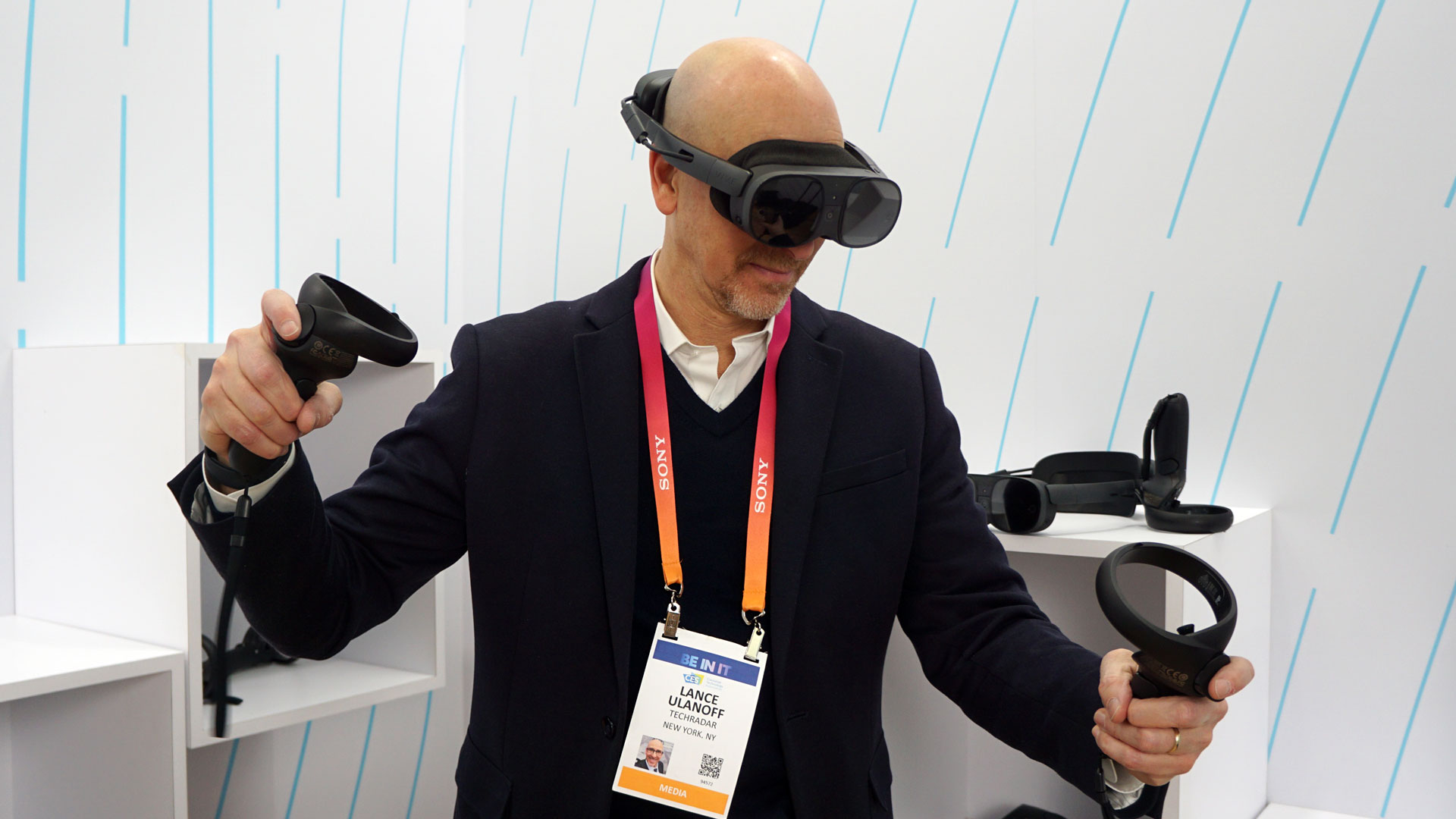
It had been a little while since I’d worn a Vive VR headset. The original device I tried was VR-only and needed beacons placed around a room to know your position; the HTC Vive XR Elite is fully self-contained. It’s also redesigned to be lighter and support AR as well as VR.
HTC set up a half dozen experiences for me to try, but first I had to get acclimated to the new headgear, which now looks more like goggles attached to a cushiony head ring. You tighten it on your head with a big knob in the back. As with the Magic Leap headset, I had to remove my glasses to use it. There are in the HTC Vive XR Elite little dials around the lenses that let you adjust focus, and you can slide the eyepieces apart or closer together to match your own pupillary distance. In the display, you see a green grid visual that helps you position the lenses properly.
None of this was hard or took more than a moment. For further headset support, there’s a thin rubber band that runs over the top of your head. I found the fit extremely comfortable.
The demos did an excellent job of highlighting the HTC Vive XR Elite’s specs and capabilities.
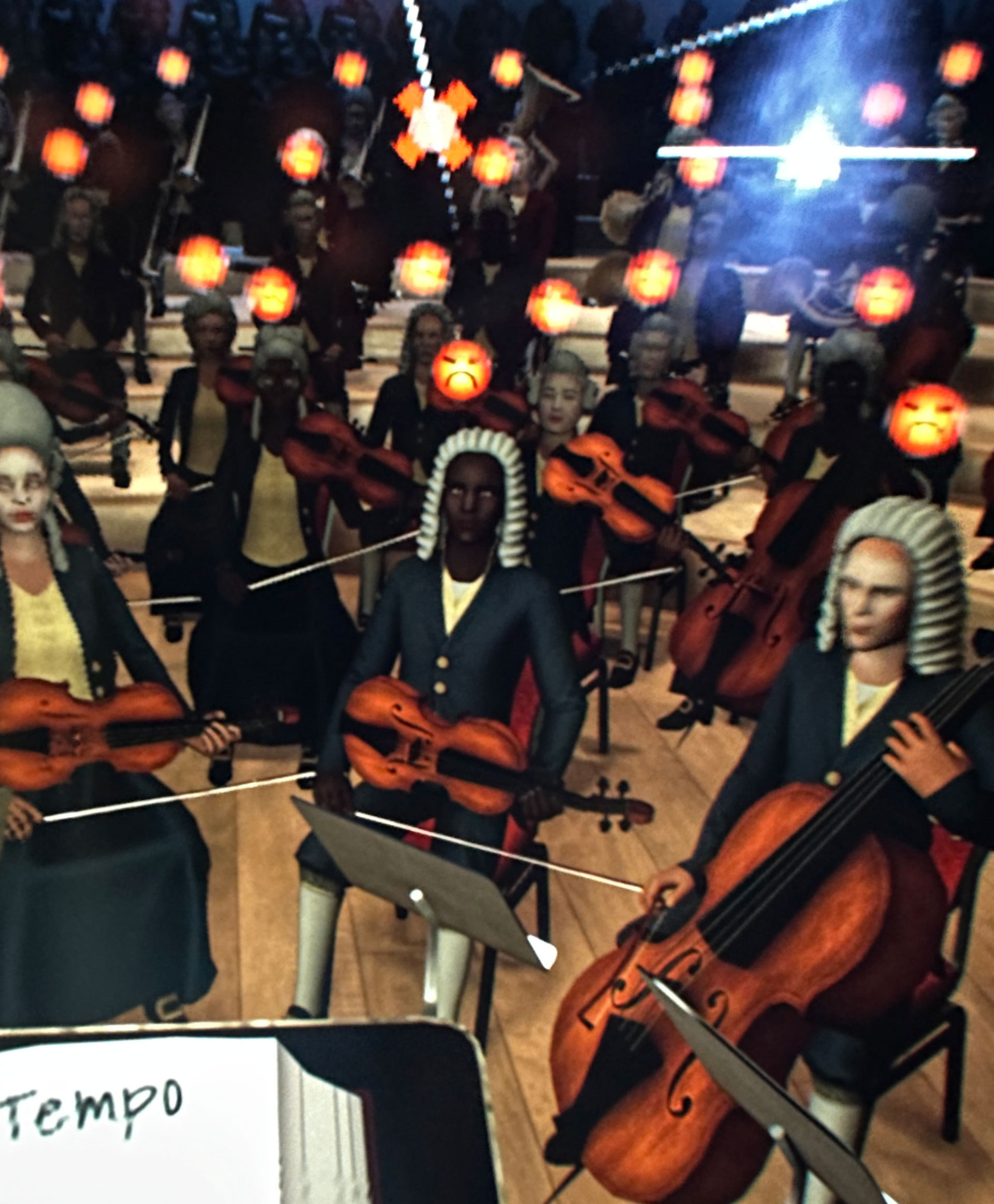
I used both the included dual controllers and my hands to interact with the games. During something called Maestro in which I conducted an orchestra, one hand held a remote which I used to grip, tap, and wave a virtual baton. My other hand was free, and I used it to point, on queue, at various sections of the orchestra. I was surprised to see that the Vive XR Elite recognized the movement of all five fingers on my free hand. I’m sure the four cameras and 3D depth sensor play a role here.
I played a game called Hubris which was most notable for how intuitively the system read my swimming, grabbing, and climbing motions.

In the AR realm, I played Yuki, a game in which aliens emerge from holes in the walls. I did my best to shoot them all down with one hand because the other one in the game was inexplicably useless. The mixed reality effect was quite compelling.
I also drew in three dimensions with Gesture AR, which was a lot like Tilt Brush.
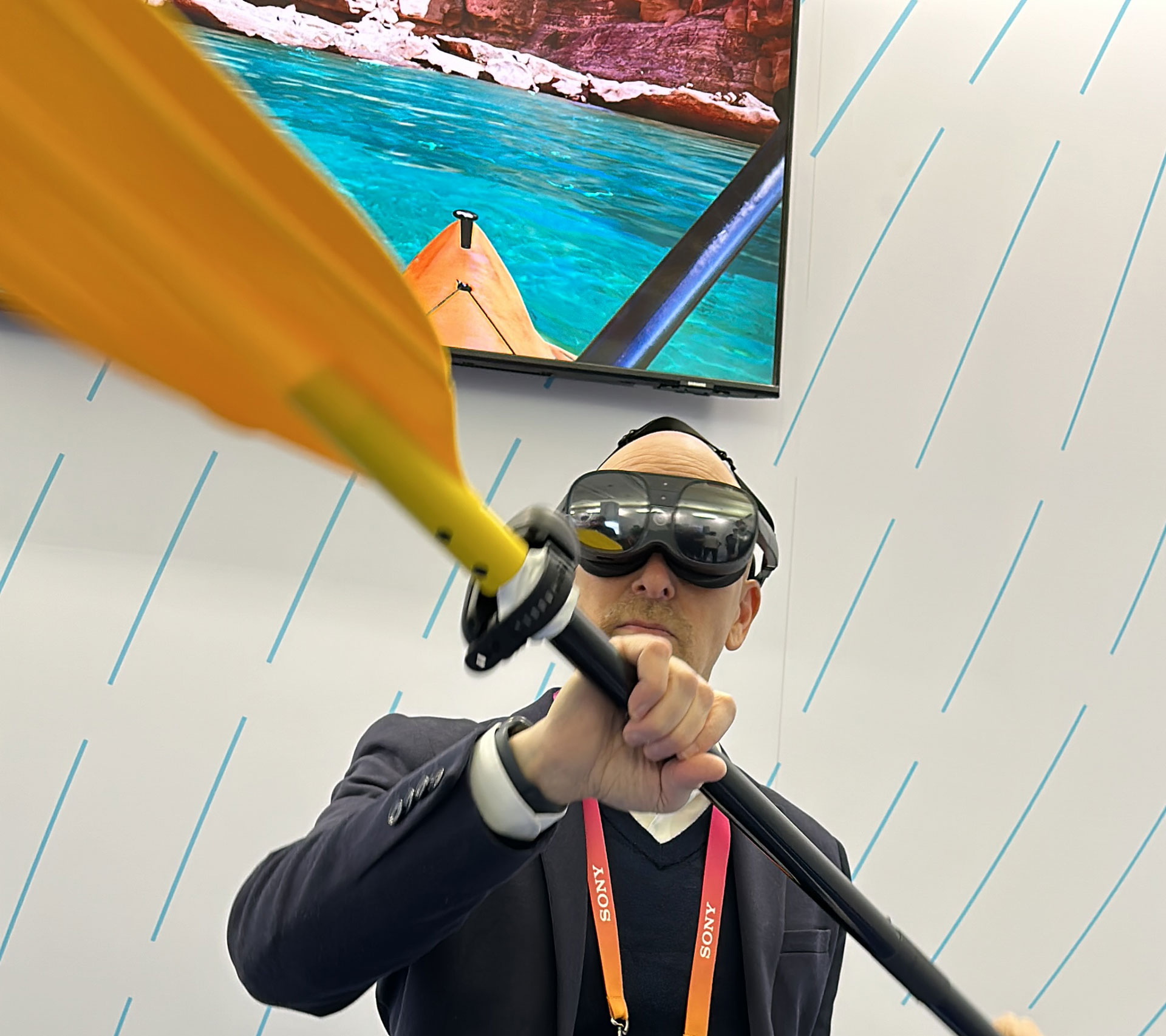
My favorite was Kayak. For this experience, they had me sit on a chair, handed me a real kayak oar equipped with trackers near each yellow paddle, and then let me paddle around. Again, the effect and motion capture made me think I could kayak in the real world.
Part of the reason everything looks so good is the HTC Vive XR Elite’s 2K per eye LCD screens. It also gets points for having an excellent pass-through camera that helped make the AR experiences more compelling.

At two hours, battery life is surprisingly good, but I was more impressed that the battery is hot-swappable. When you pull it, the device stays on because there’s a small, 10-minute backup battery hardwired into the system.
When the system ships in February at $1,099, it will beat its nearest rival Meta Quest Pro by a few hundred dollars, but then that system has a lovely charging dock and remotes that no longer need the LED ring around them.
Look I’m still not ready to say the Metaverse is a thing, but VR and AR are making substantial leaps every year if not every six months. The hardware is getting lighter and more powerful all the time and the software is keeping pace with evermore convincing and immersive experiences.
And to think, we haven’t even seen what Apple has up its sleeve.
Check out all of TechRadar's CES 2023 coverage. We're bringing you all the breaking tech news and launches, everything from 8K TVs and foldable displays to new phones, laptops and smart home gadgets.
Post a Comment for "A tale of two headsets: Hands-on HTC Vive XR Elite and Magic Leap 2 at CES 2023"